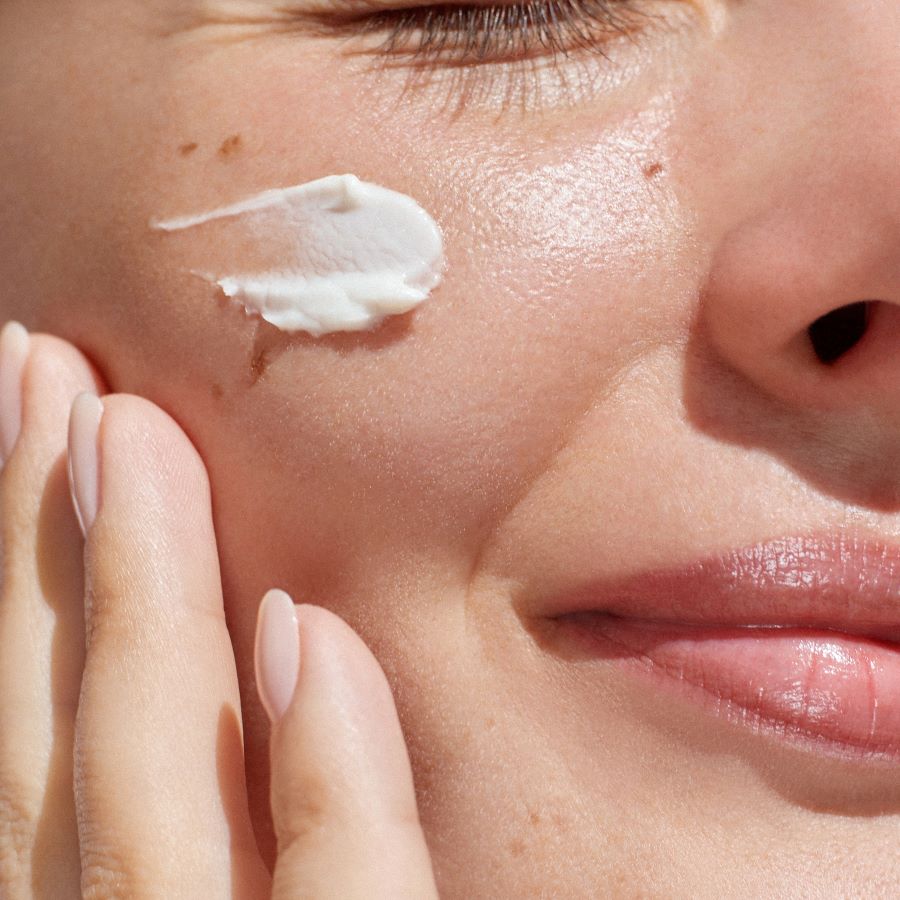Banishing Under-Eye Bags: Science-Backed Solutions
Under-eye bags have long been a source of cosmetic concern for people across cultures and age groups. These puffy, often darkened areas beneath the eyes can contribute to a tired or aged appearance, even when one feels well-rested. The causes of under-eye bags are multifaceted, ranging from genetics and aging to lifestyle factors such as diet, sleep patterns, and environmental stressors. As our understanding of skin physiology has advanced, so too have the methods for addressing this common aesthetic issue. From ancient home remedies to cutting-edge dermatological treatments, the quest to reduce under-eye bags has spawned a vast array of approaches, each with varying degrees of efficacy and scientific backing.

Lifestyle Factors and Their Impact
While genetics play a significant role in the development of under-eye bags, lifestyle choices can greatly influence their severity. Excessive salt intake, for instance, can lead to fluid retention, worsening the appearance of puffiness. Lack of sleep or poor sleep quality can cause blood vessels to dilate, creating dark circles that accentuate under-eye bags. Alcohol consumption and smoking are also known to contribute to premature aging of the skin, including the delicate under-eye area. By addressing these modifiable factors, many individuals can see noticeable improvements in their under-eye appearance.
Topical Treatments: Ingredients That Work
The skincare industry has developed a plethora of topical treatments targeting under-eye bags. Key ingredients backed by scientific research include caffeine, which can constrict blood vessels and reduce puffiness; peptides, which stimulate collagen production; and retinoids, known for their ability to improve skin elasticity. Hyaluronic acid is another popular ingredient, capable of hydrating the skin and temporarily plumping fine lines. While these topical solutions can offer visible improvements, their effects are often temporary and require consistent application for sustained results.
Advanced Dermatological Procedures
For those seeking more dramatic or long-lasting results, dermatological procedures offer promising solutions. Non-invasive treatments like radiofrequency therapy and ultrasound can tighten the skin and stimulate collagen production. Injectable fillers can be used to restore volume loss and smooth out the transition between the lower eyelid and cheek. In more severe cases, blepharoplasty, a surgical procedure to remove excess fat and skin, may be recommended. These advanced treatments, while effective, come with higher costs and potential risks, underscoring the importance of consultation with qualified professionals.
The Role of Nutrition and Hydration
The saying “you are what you eat” holds particularly true for skin health. A diet rich in antioxidants, vitamins, and minerals can significantly improve skin quality and resilience. Foods high in vitamin C, for example, support collagen production, while omega-3 fatty acids help maintain skin hydration and reduce inflammation. Adequate hydration is equally crucial, as it helps flush out toxins and maintain skin elasticity. By focusing on a balanced diet and proper hydration, individuals can address under-eye bags from the inside out, complementing external treatments for more comprehensive results.
Emerging Technologies and Future Prospects
The field of skincare is continuously evolving, with new technologies promising even more effective solutions for under-eye bags. Recent advancements include the use of stem cell therapies to regenerate skin tissue and improve elasticity. Nanotechnology is being explored for more targeted delivery of active ingredients to the deeper layers of skin. Additionally, personalized skincare based on genetic analysis is gaining traction, offering tailored solutions for individual skin types and concerns. As research progresses, we can expect to see increasingly sophisticated and effective treatments for under-eye bags, potentially revolutionizing how we approach this common aesthetic concern.




